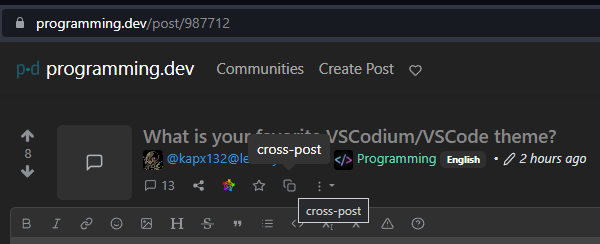Well that’s an interesting take! What aspects are you opposed to?
IANAL but I did read through the patents agreement that you linked. It basically says do whatever you want with Go as long as it different infringe on Google patents. Which is pretty much backed by US law anyways and I assume other countries as well. The sketchy part is that your license is revoked as soon as they file a lawsuit rather than win it. Honestly, I’d be surprised if Google ever used this in a legal dispute because there would be a huge community backlash.
That also only applies to Go developers. You would only be a user for a tool written on Go. How does your using a tool written in Go translate to support for Google and its bad practices? Do you not use any software written in Go?
Sorry if this is sounding argumentative! I’m generally a big fan of Go and definitely opposed to Google and using its products. This is a topic that I haven’t considered before so my questions represent my sincere curiosity.







Unfortunately, I’m not familiar with installing Bitwarden so I can only offer general advice.
Port conflicts happen at runtime, not when software is installed. In general, you should be able to install as much software as you’d like that all relies on port 443 but only run one at a time.
If you’re seeing port conflicts when installing Bitwarden, then I suspect that something is starting the app after the install is done. If this is right, then maybe you can disable the automatic start. Or maybe you can ignore the error at install time, then configure the app, then start it.